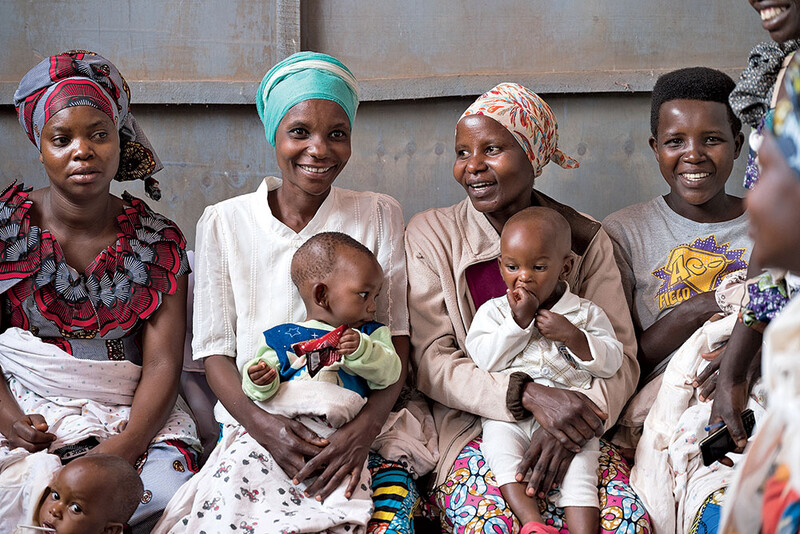Half a century after Philip W. Brickner ’54PS graduated from the College of Physicians and Surgeons during Columbia’s bicentennial year, he looks back on the path that led him into the field of community medicine. As the director of tuberculosis studies at Saint Vincent’s Hospital, Brickner is re-examining a long-forgotten method of preventing the spread of TB, which remains a health problem among impoverished populations in New York and elsewhere.
Despite remarkable breakthroughs in health care in the last 50 years, such as the development of antibiotics for infections, we have come to understand the limitations of current treatments. With tuberculosis, for example, which disproportionately affects homeless and other impoverished men and women, we recognize that access to care and other societal issues have a powerful impact on the course of the disease. So the Department of Community Medicine at Saint Vincent’s, where I was founding chairman for 27 years, serves those who are outside the health care system primarily because of poverty, such as homeless men and women and the frail homebound elderly.
During my residency at Bellevue, under the direction of P&S Professor of Medicine Dickinson W. Richards Jr. ’22GSAS ’23PS ’66HON, I spent six months on the chest service, taking care of 120 people with active tuberculosis. I remember seeing ultraviolet lamps in the wards, presumably to protect staff. Before I finished my residency some seven years later, the antibiotic isonicotinic acid hydrazide (INH) had revolutionized TB treatment. The sanitoriums closed, doctors stopped performing the unusual surgical procedures crafted to treat pulmonary TB, and the UV lamps came down.
Now we leap forward to 1985, when the public health world was startled by a sudden upturn in the national curve of TB case rates, which had been running downward at a 45-degree angle for the entire twentieth century. We soon understood that the causes included the AIDS epidemic, the increase in homelessness, which gathered large numbers of vulnerable people in shelters often lacking adequate ventilation, and the appearance of drug-resistant TB bacteria.
One day as I stood in the 1,000-bed shelter on Ward’s Island surrounded by men with TB, I had a sudden flashback, and I began asking my colleagues, “Why aren’t we using UV?” Of course, they had no idea what I was talking about.
It was ten years before I finally found anyone with knowledge of the technology of ultraviolet germicidal irradiation (UVGI) that I had seen during my residency. I learned of the studies done at the Harvard School of Public Health (HSPH) from the 1930s through the ’50s that demonstrated that UV energy “killed” bacteria. However, while there is no question that UVGI effectively hampers TB transmission in controlled settings, field trials had never been mounted to prove its efficacy in highly uncontrolled congregate spaces.
For more than six years now, Saint Vincent’s and HSPH have been conducting a blind study at homeless shelters in New York and three other cities with high TB rates to gauge UV light as an air-cleansing technology. We expect the panel of epidemiologists charged with analyzing our study to present the results later this year.
After recent deadly SARS and influenza outbreaks, the anthrax episodes of 2001, and other concerns about bioterrorism, developing methods of protecting the public from airborne diseases could have benefits well beyond controlling tuberculosis transmission.


